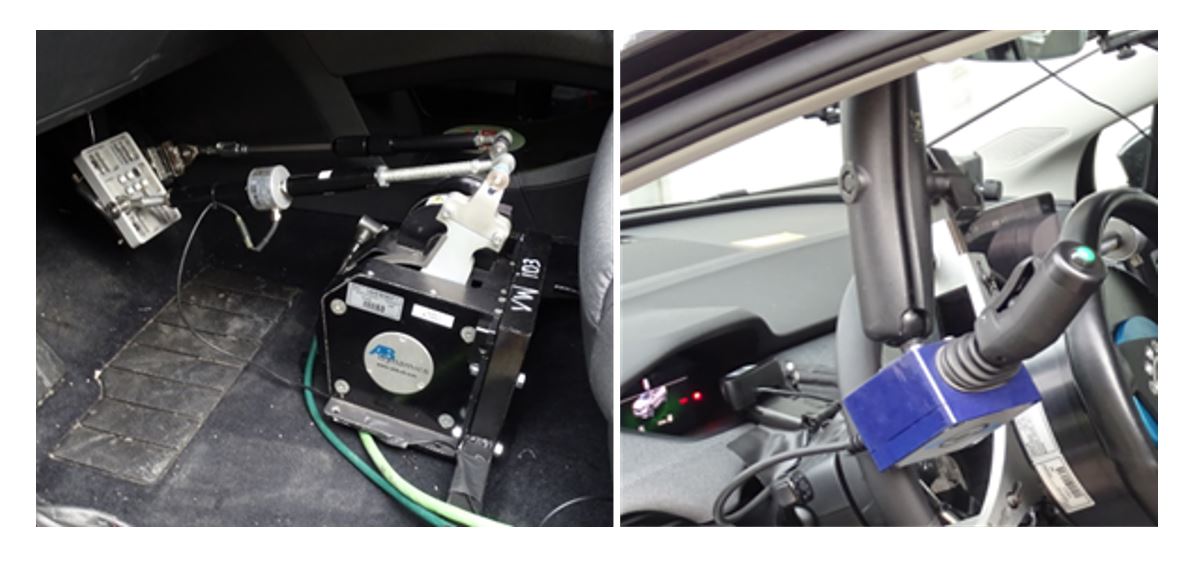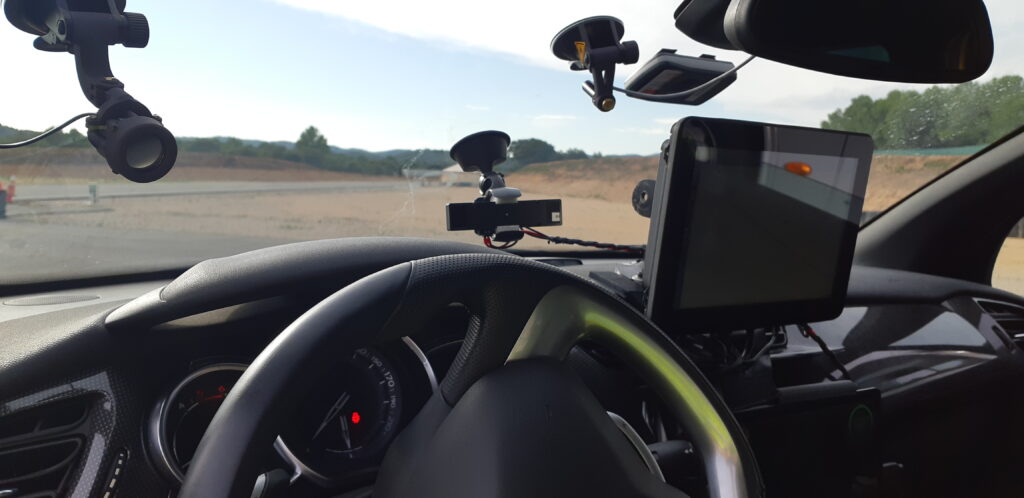A novel test methodology has been developed by Applus+ Idiada to safely induce drowsiness in drivers while piloting a vehicle in the real world. The European Commission has published a new draft regulation supplementary to the existing (EU) 2019/2144 regulation, which sets out requirements for test procedures and technical requirements for the type approval of driver drowsiness and attention warning (DDAW).
DDAW detects driver drowsiness based on the driving and steering patterns symptomatic of a driver exhibiting reduced alertness caused by tiredness. As soon as the system detects possible signs of fatigue, it warns the driver through the vehicle’s human-machine interface.
The regulation, which is expected to be revised and republished by 2022, proposes a subjective evaluation based on a sleepiness reference scale to validate the accuracy of the DDAW system. Idiada’s new methodology anticipates the requirements of this future regulation and is aimed at obtaining valuable data through subjective evaluation by users of driver assistance systems equipped with DDAW.
Idiada expects subjective testing to take a lead role in the validation of new devices in the years to come. As James Jackson, human factors coordinator at Idiada, said, “Subjective user assessment is key in the development of driver assistance systems that must interact with the occupant. We can no longer think about the evolution of ADAS systems without considering the user component.”
According to Idiada, the implementation of the methodology was initially challenging compared with other assessments done in the past, as the ADAS tests usually conducted at Idiada are not intended to induce fatigue or drowsiness in the driver, but rather the opposite. Essentially, engineers had to intentionally create a state of monotony, boredom and tiredness in the driver while driving a real car at moderate to high speed for a long period of time. Of course, the driver’s health and safety were of paramount importance during the tests.
The drowsiness induction method was devised by the ADAS department’s human factors team, in collaboration with homologation, to combine all those elements that, according to accidentology studies, generate driver drowsiness, such as test duration, lack of stimuli in the environment and speed during the test. The safety protocol, on the other hand, was developed by the company’s test track and occupational health and safety experts.
Tests were carried out on Idiada’s high-speed circuit and continuously monitored by a safety driver who, in addition to analyzing the driver’s drowsiness level every five minutes, had been trained to take control of the steering wheel and use the emergency braking robot in the vehicle in the event of the driver losing control.
In total, 35 tests were carried out throughout the project. Emergency intervention by the safety driver was not necessary in any of the tests. The degree of fatigue was measured through the Karolinska Sleepiness Scale, with level 8 being the target drowsiness. Simultaneously, an engineering team observed and contrasted whether the inputs obtained by the drowsiness detection system coincided with the level of tiredness expressed by each of the drivers. Test results achieved an overall rate of 94% of drowsiness detection, a much higher degree of effectiveness than initially predicted.
Andrés Aparicio, ADAS senior manager at Applus+ Idiada, commented, “We believe we have taken a step forward in developing a new testing methodology that will be useful and safe for the testing and validation of DDAW systems that may be equipped by many vehicles in the coming years.”



